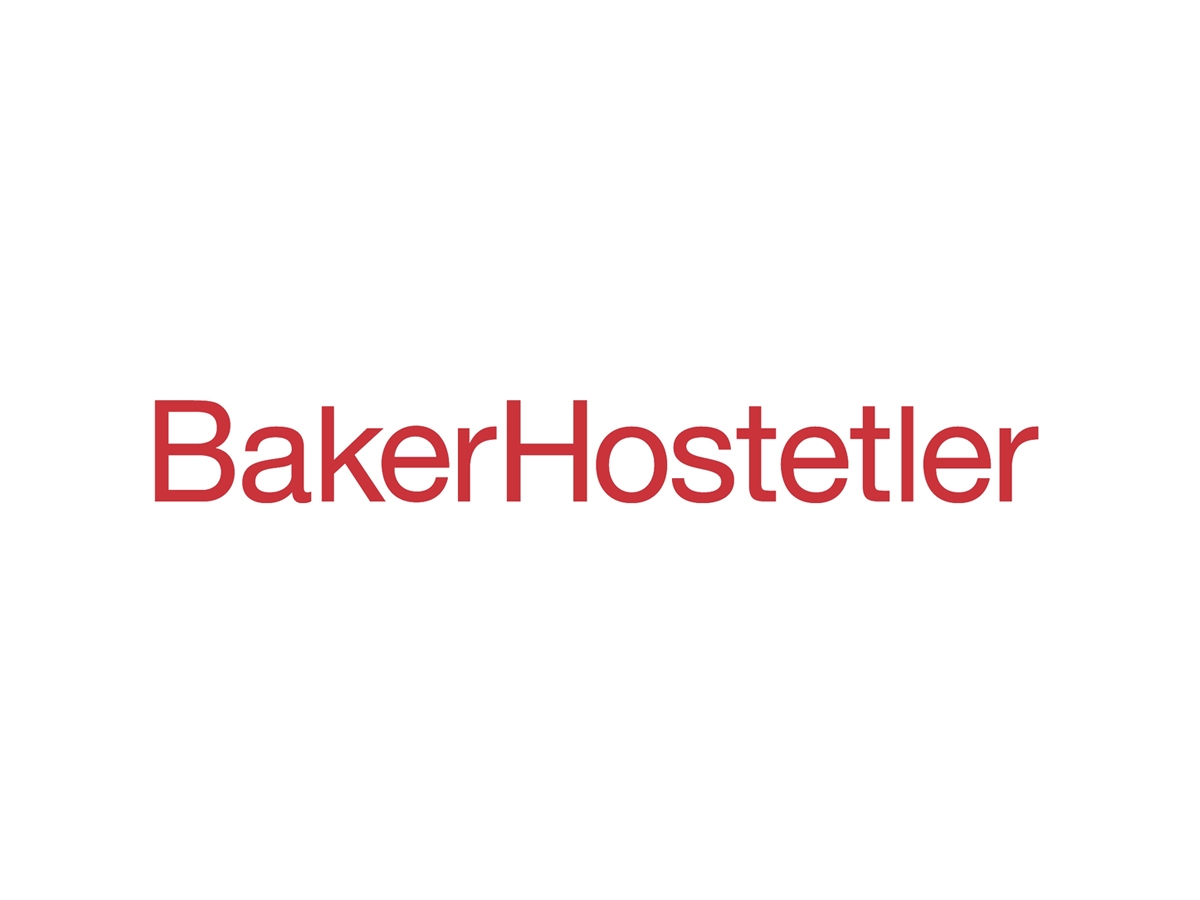Certification Marks and Fame | Farella Braun + Martel LLP
Trademarks and the Right to Stop Third-Party Use
Trademark owners have the right to stop third parties from using marks that could cause a likelihood of consumer confusion. Third-party use of a trademark that is the same or similar to the owner’s trademark for goods related to those of the owner can confuse consumers into believing the respective products emanate from the same source or are otherwise related. But when the goods or services are unrelated, it is less likely that consumers will be confused about the source of the respective products even where the marks themselves are similar. The “stronger” a given mark is, the less related the goods or services need to be in order to create a likelihood of confusion. But at some point such distinct goods or services will be too different to result in confusion of even identical marks.
That said, if the trademark is deemed to be “famous,” the owner can claim the third-party use amounts to trademark dilution, which occurs when the distinctiveness of the famous mark is weakened by third-party use of a similar mark, regardless of the relatedness of the respective goods. For example, Microsoft Corporation could stop third-party use of the famous MICROSOFT mark even for wine, a product unrelated to the goods and services offered by the company. Because the mark is famous, even if consumers don’t believe the wine comes from the software company, the third-party use still “blurs” – that is, it diminishes the uniqueness of – the trademark. And if the wine is of poor quality, use of the mark on it could “tarnish” the mark as the term itself could have negative associations. Unlike consumer protection-focused infringement claims, dilution claims are property rights that protect the owner’s control over the use of the mark. Only famous marks are entitled to such protection.
While not always easy to specifically determine, the concepts of strength of the mark and fame for purposes of establishing the reach of protection are fairly straightforward with source-identifying trademarks. These concepts are more complicated, though, where the mark at issue is a certification mark.
Certification Marks and Their Unique Challenges
Rather than distinguishing the source of the goods or services (as standard trademarks do), certification marks indicate that goods or services meet specific standards set by the certifying organization. Examples include SCOTCH for whisky and CHAMPAGNE for sparkling wine, which can only be used if the products meet the relevant standards. But certification marks are not used on their own, and instead are used in connection with numerous third-party brands. So long as it meets the certification standards, any third party can use the certification mark on its otherwise-branded product and/or as part of its own mark.
The question then arises as to whether certification marks confer rights sufficient to stop third-party use of the term in connection with unrelated goods and services to which the certification standards would simply be inapplicable. For instance, while the CHAMPAGNE certification mark is reserved for sparkling wine from the Champagne region of France, would a clothing brand named RASPBERRY CHAMPAGNE be problematic? Assuming clothing is unrelated to sparkling wine, to stop use of the RASPBERRY CHAMPAGNE mark, the owners of the CHAMPAGNE certification mark would have to show the mark is famous enough that the law would extend the owner’s control over the mark to such unrelated products.
While one might quickly point out that it is unlikely any consumer would be confused by the hypothetical RASPBERRY CHAMPAGNE clothing mark such that they would believe such clothing was from the Champagne region of France or was made using the méthode champenoise process required for sparkling wines bearing such certification, it is important to remember that consumer confusion is not required for dilution claims , which only require proof that the allegedly diluted mark is famous.
But how is that fame determined where the term does not itself necessarily indicate source and is generally used in connection with or as part of others’ marks?
Case Study: Cognac and the Entertainment Industry
In recent oral arguments regarding the use of the word “cognac” in the COLOGNE & COGNAC ENTERTAINMENT & Design trademark, a court hearing an appeal from the Trademark Trial and Appeals Board (TTAB) decision wrestled with this issue. COGNAC is a recognized certification mark, limiting use of the term to brandy produced in the Cognac region of France according to specific standards. The trade association representing Cognac producers opposed the registration of the COLOGNE & COGNAC mark for use in connection with music production services, arguing it would cause confusion and dilute the COGNAC certification mark.
In dismissing the opposition, the TTAB started from the position that a “certification mark, as distinguished from a trademark does not indicate commercial source or distinguish the goods or services of one person from those of another person, but ‘indicates that the goods or services of authorized users are certified as to a particular aspect of the goods or services.’” (Citations omitted.) Considering the fact that applicant’s entertainment services were only somewhat related to the registrant’s brandy product (in that registrant showed a nexus between entertainers and brandy products), the TTAB held that in order to support a likelihood of confusion, the allegedly infringed mark must be famous enough enough to be understood by consumers to indicate source rather than the standard. So, while the term COGNAC on a bottle of alcohol clearly communicates certain things about the product, does it mean anything to consumers when it appears on unrelated goods? The TTAB determined that it did not, and that any fame the certification mark owner could point to was in the brand name of the given product (e.g., HENNESSY cognac) rather than in the COGNAC certification. Separately but relatedly, the lack of such fame doomed the dilution claim.
The owner of the COGNAC certification mark appealed the ruling asking for review of, among other things, the TTAB’s assessment of both fame and likelihood of confusion.
Court of Appeals’ Perspective
While the decision is still pending, the Court of Appeals for the Federal Circuit appears it may disagree with the TTAB. Suggesting the Board’s approach of assessing the fame of the brand name separately from that of the certification mark might be flawed, one of the judges noted during oral arguments that the TTAB “has said ‘Well, when the two travel together, there’ll be a presumption … that the name brand dominates, unless there’s a showing to the contrary.’ That seems to me to be wrong.” As such, the court seems to be leaning toward recognizing fame in a certification mark based on evidence of fame of the third-party marks using the term. In an amicus brief submitted in support of the COGNAC mark owner, the Scotch Whiskey Association and the Napa Valley Vintners Association agreed and added, regarding the likelihood of confusion claim, “owners of certification marks have never been required to show that consumers are aware of the mark’s status.” Although the hearing focused on determining fame, the decision should also address this issue.
Conclusion
The appeals court’s analysis of both the standard for likelihood of confusion with and determination of the fame of certification marks will hopefully provide clear guidance for assessing both infringement and dilution claims in connection with such marks. The final decision by the court will have significant implications for the scope of protection afforded to certification marks, giving insight into how far certification mark rights extend to prevent third-party use for products and services outside of the core market to which the certification applies. And I’ll certainly wait for the decision before launching my RASPBERRY CHAMPAGNE™ clothing line.






